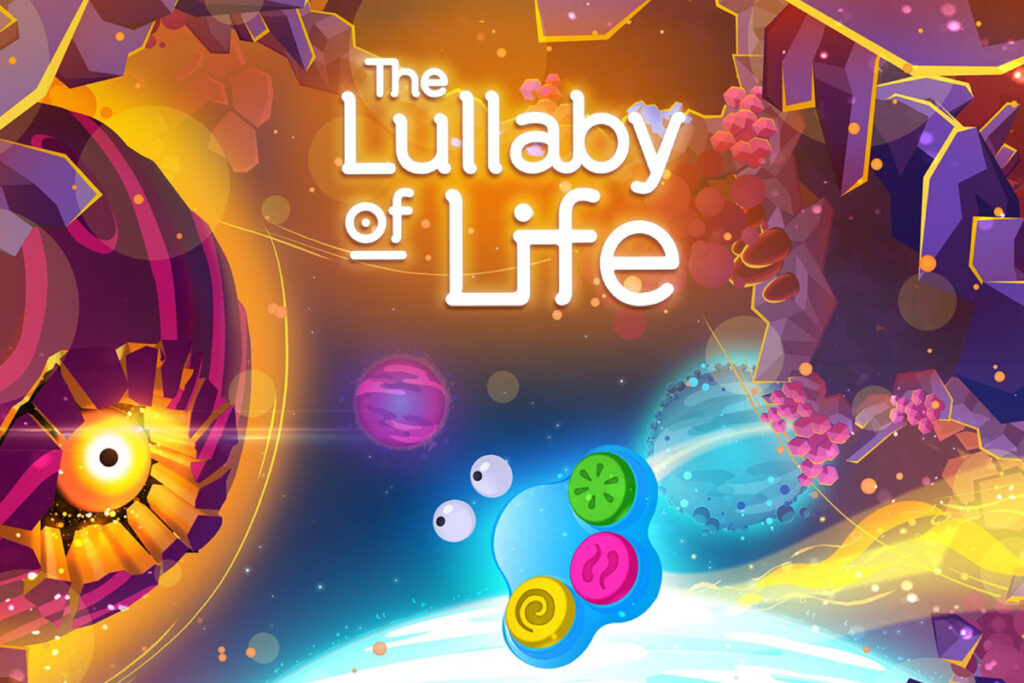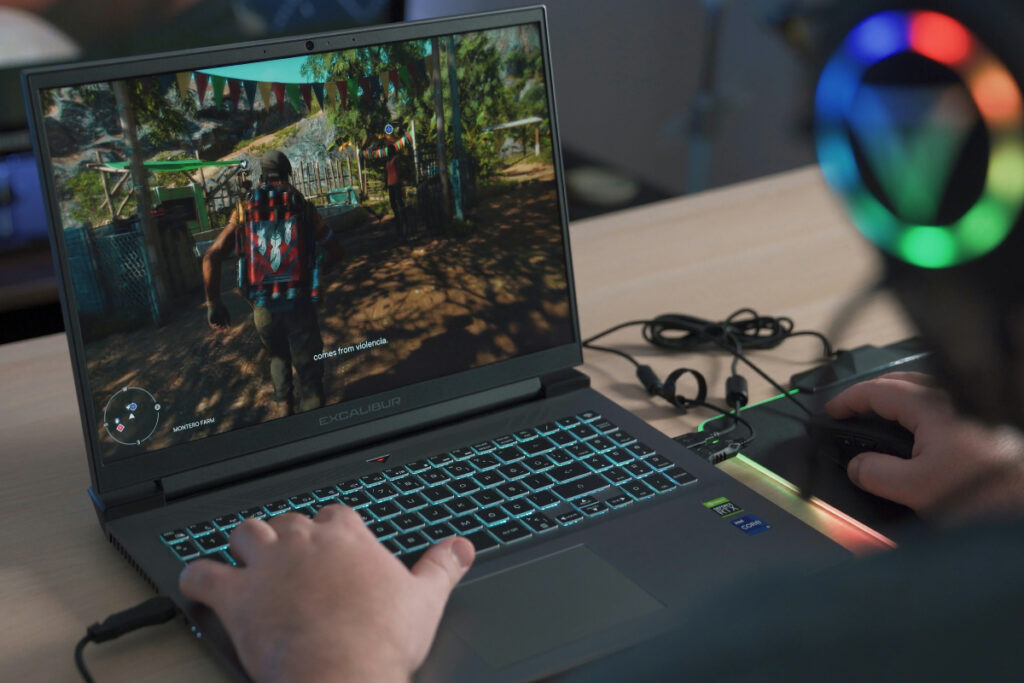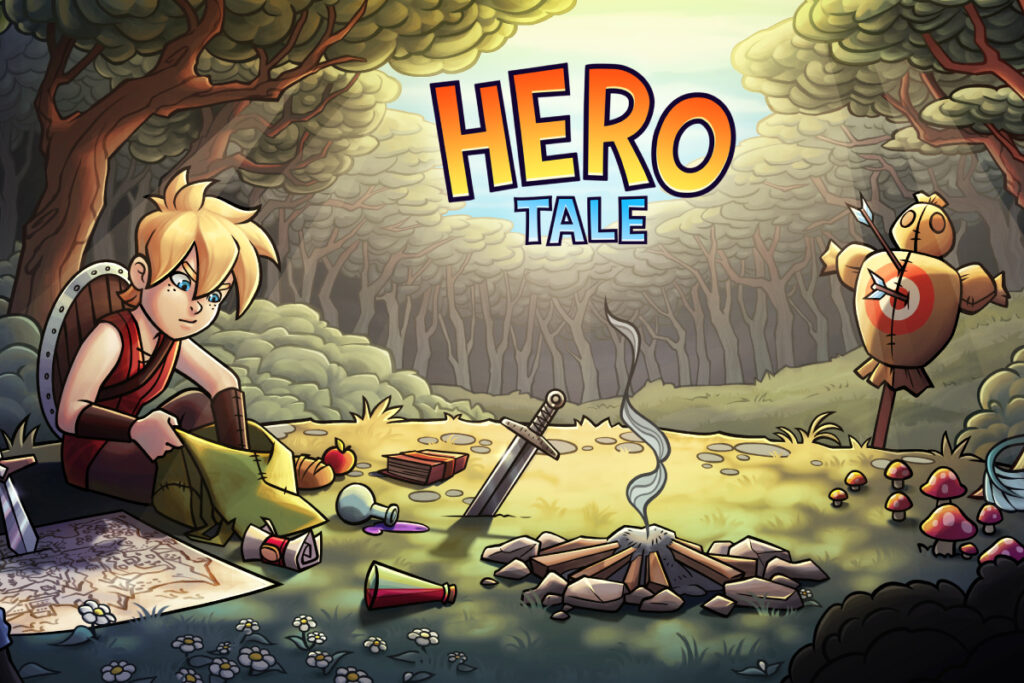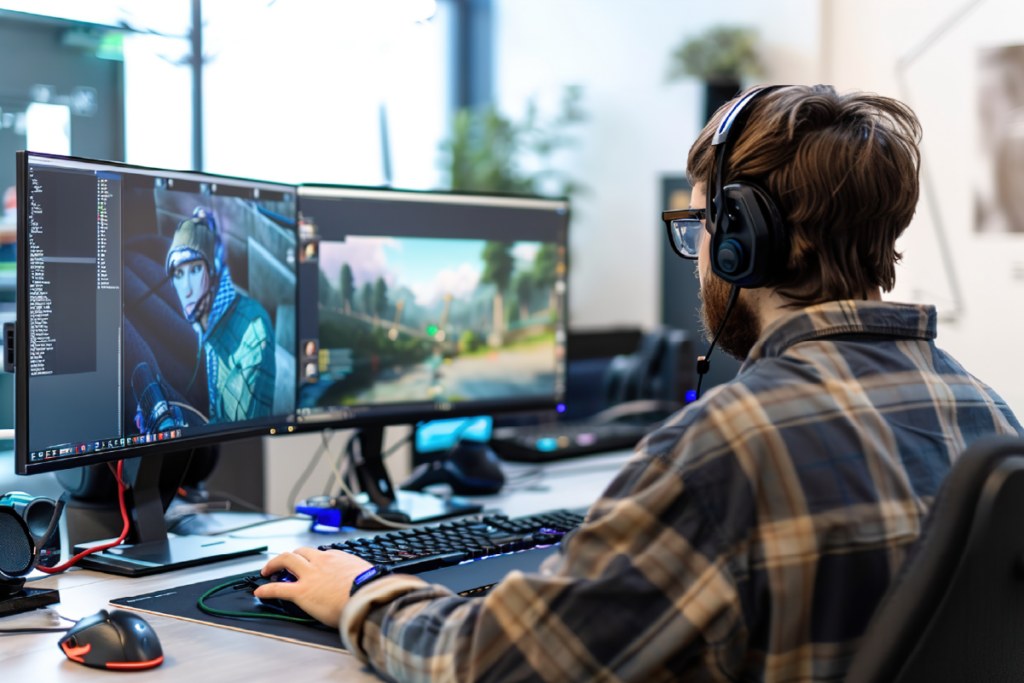Glocalization in Gaming: Balancing Global Reach with Local Relevance

Do you work in the video game industry? Learn how to balance global reach with local relevance through the right globalization strategy.
Navigating the Future of Localization: Insights from CEO Marina Ilari

New technologies and external resources are essential for staying competitive, but it’s equally important to prioritize the professional growth of our internal team. When our team members are empowered with the right skills and knowledge, they’re better equipped to leverage those new resources effectively.
The Localization of The Lullaby of Life: Crafting a Musical Experience for Global Audiences

Discover how The Lullaby of Life used thoughtful localization to create a seamless, engaging experience for global audiences, even with minimal text.
Mastering Genre-Specific Localization: Tackling Challenges in RPGs, Simulations, and More

Let’s examine the video game localization challenges faced by different genres, such as RPGs, simulation games, and fighting games.
5 Ways Localization Boosts Video Game Revenue

Developers who want their video games to stand out in a global market need to consider localization. Read on for five ways localization boosts game revenue.
Building Resilience: Marcelo Abeldaño’s Approach to Futureproofing Teams

In this interview, we’ll delve into the strategies that help us futureproof our operations, ensuring we stay resilient and adaptable to rapid changes in technology and market demands. Marcelo’s insights will shed light on how to build a team that not only survives but thrives in the face of uncertainty.
The Localization of Hero Tale: From Poland to the World

Explore how Hero Tale went from a Polish indie project to a global success, and how localization played a key role in adapting its humor, tone, and gameplay for international audiences.
Know Your Players: Navigating Genres and Markets in Game Development

When entering a new market, you need to consider many factors. Let’s explore how to effectively navigate different genres and markets in game development.
The Localization of Monster Jam Showdown: Crushing Language Barriers

Find out how we crushed the localization of Monster Jam Showdown to make it a smash hit around the world.
Futureproofing Multicultural, Remote, and Distributed Teams in the Localization Industry

In the fast-paced localization and gaming industries, change is inevitable. But with the right mindset, the right strategies, and the right team, you can navigate these changes and come out stronger on the other side.
Adapting to Change: Strategies from Our Korean and Japanese Teams

Change is inevitable in any fast-paced industry, and the localization industry is no exception. In our field, successful adaptation involves adopting new tools and refining existing processes, and it’s the key to maintaining efficiency and team morale.
6 Reasons to Consider Localization from Early Development Stages

When designing a new video game, it can help to keep the localization process in mind from the early development stages. Doing so is the number one thing you can do to set your localization project up for success. Why? We’re breaking down six reasons why you need to focus on localization from the get-go […]
